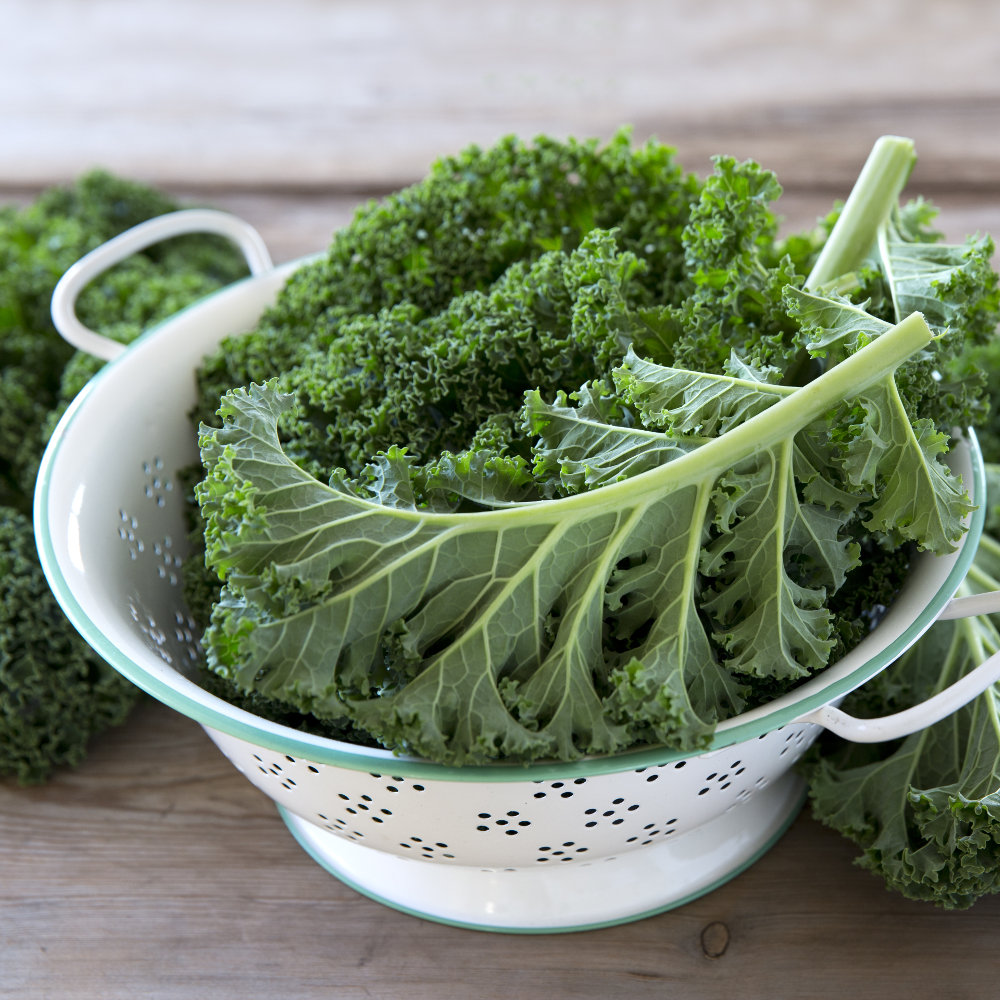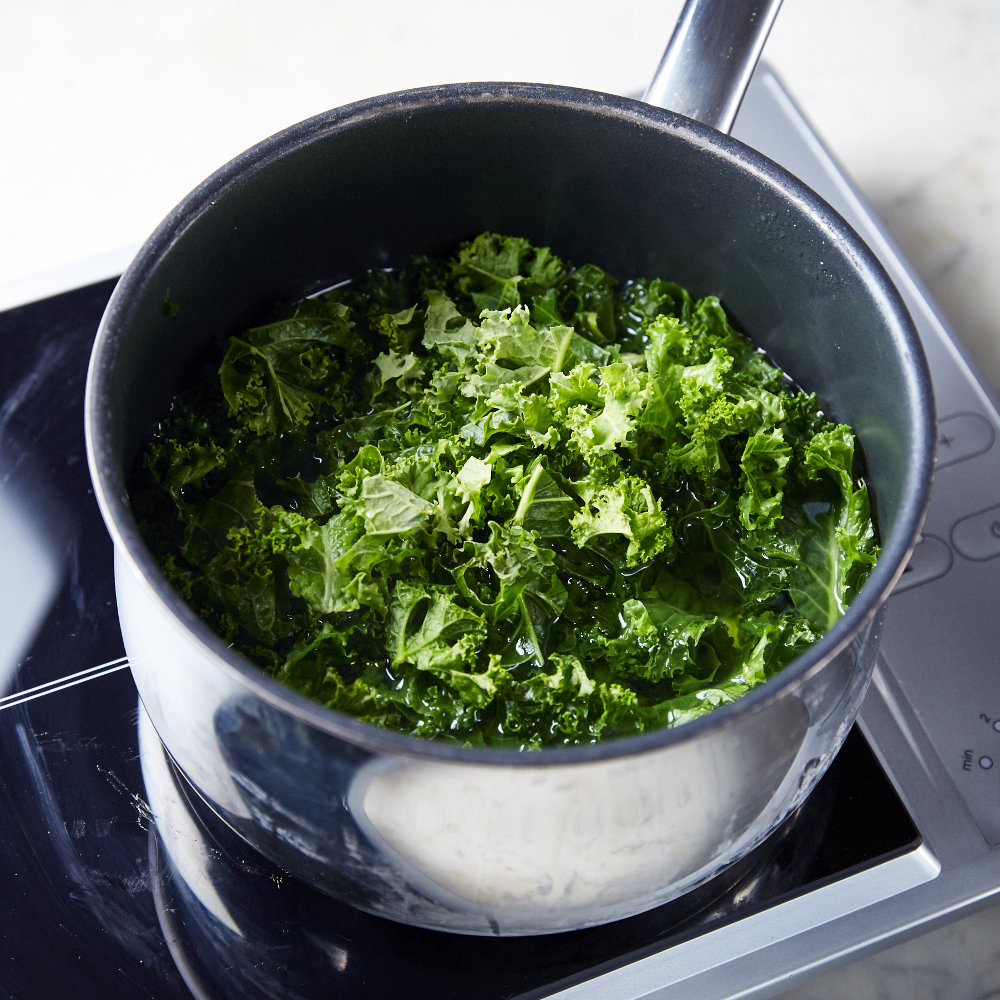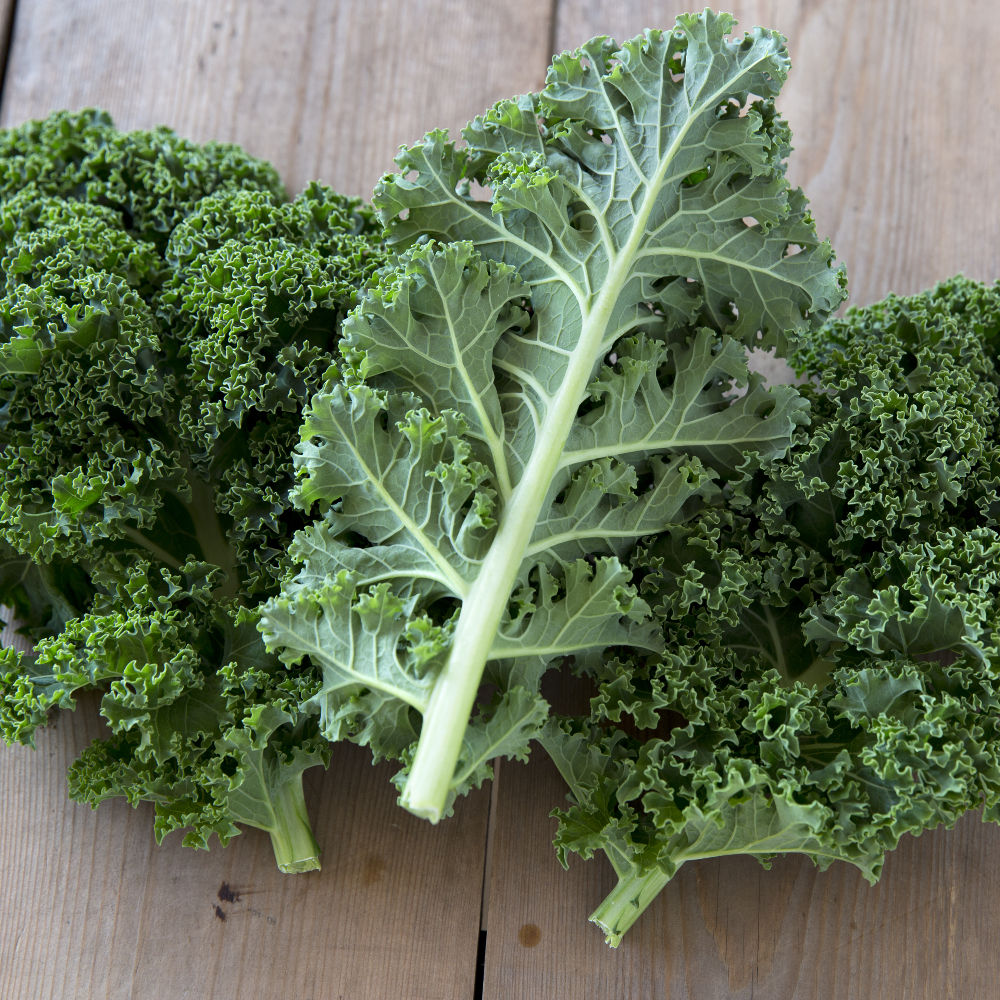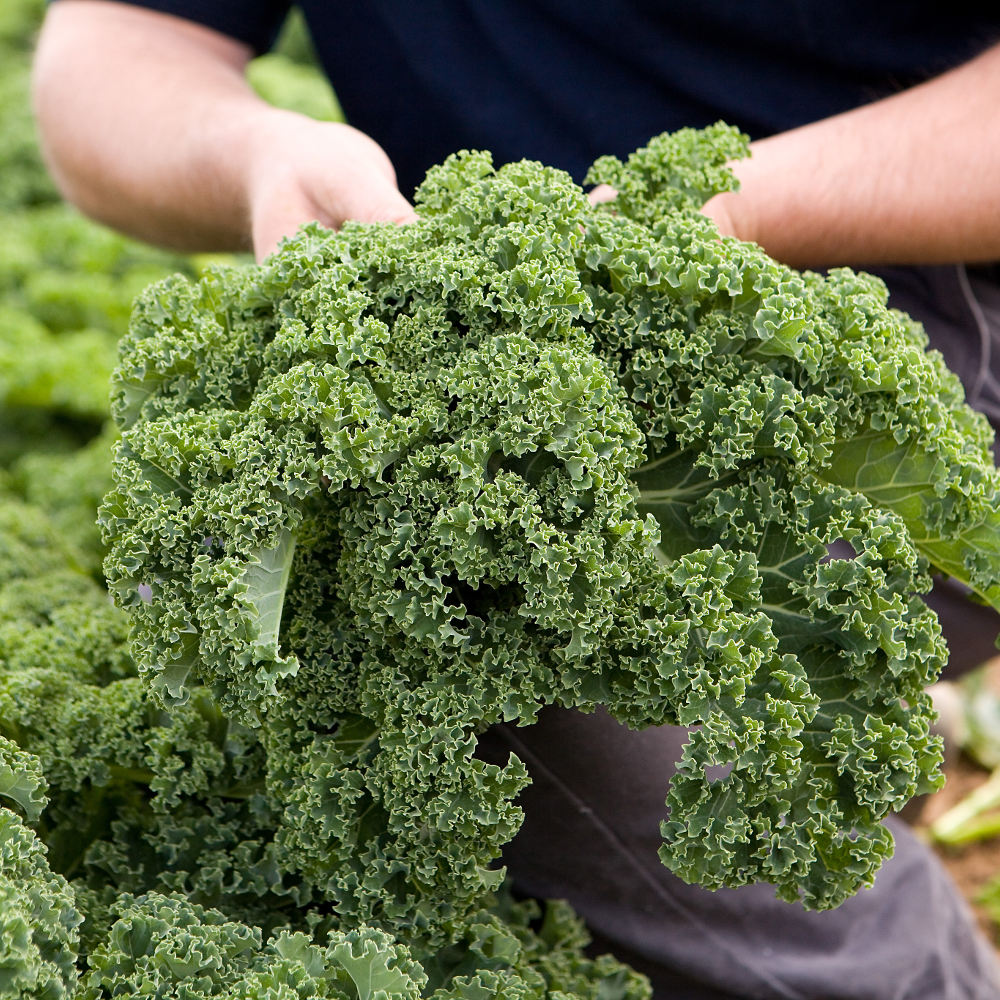
What is Kale?
Kale is a brassica and like its ‘Italian’ cousin, cavolo nero, it’s part of the cabbage family. Kale has dark green, attractive curly leaves, which is where nearly all the nutrients are found. In the last decade kale has become one of the nation’s favourite vegetables, loved for both its nutritional profile and its versatility.
Most British kale is grown in Lincolnshire, where the rich, moisture-retentive soil suits brassicas particularly well.
Read on to find out why kale is so popular by foodies and health experts alike.



